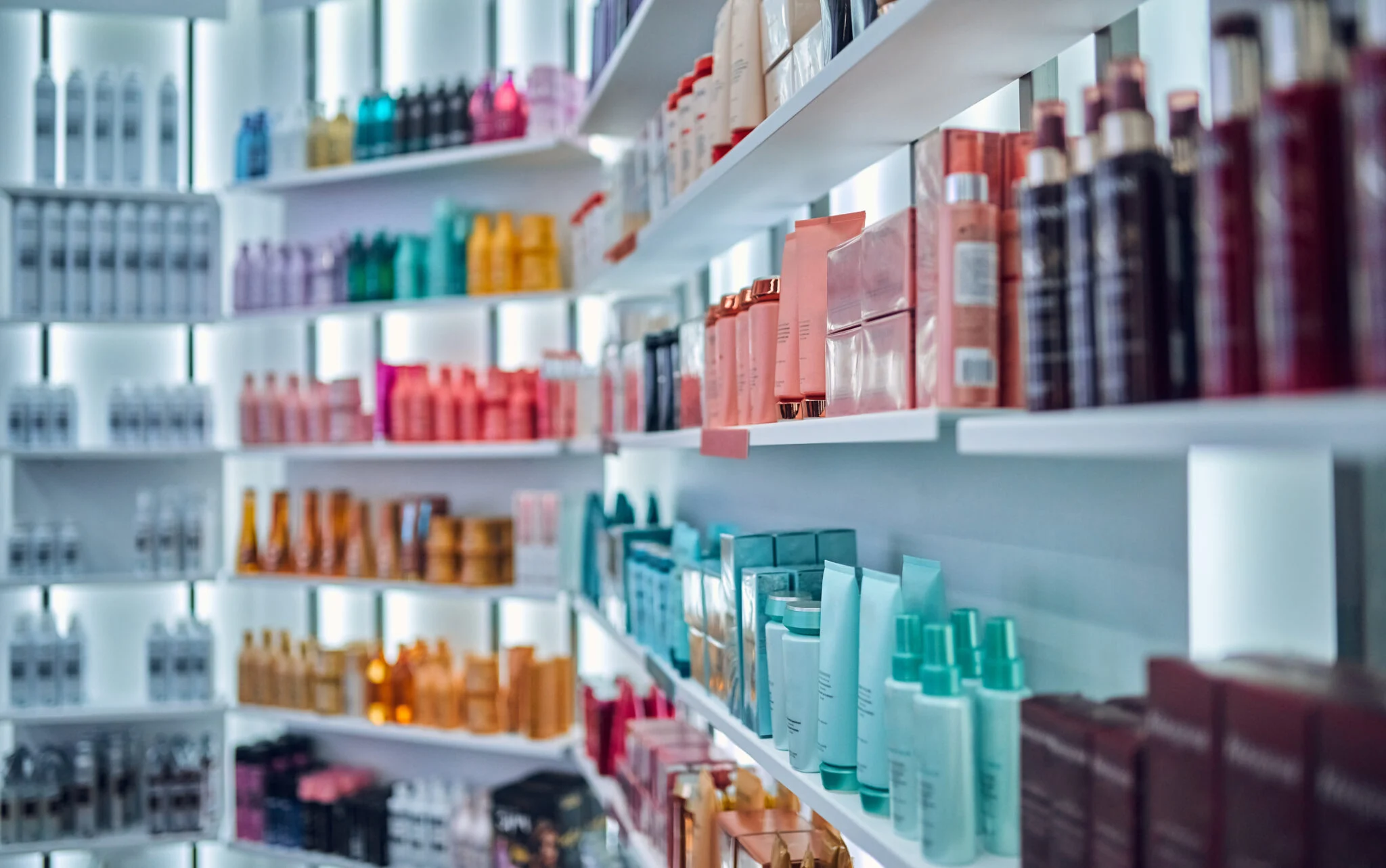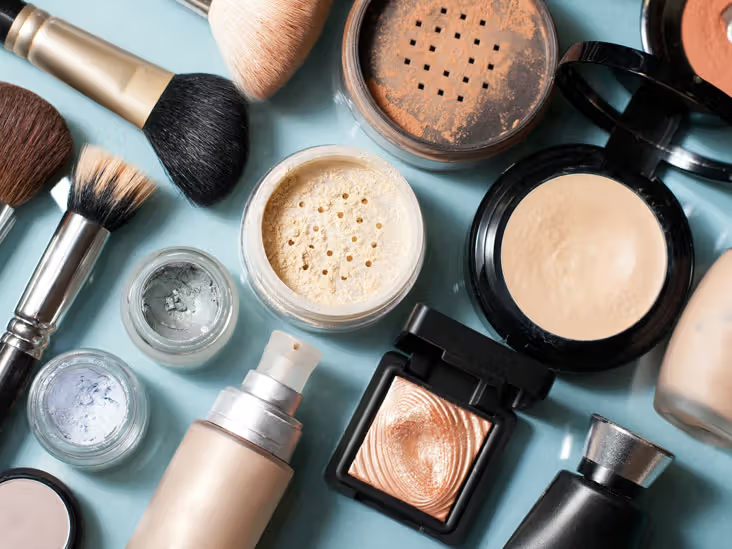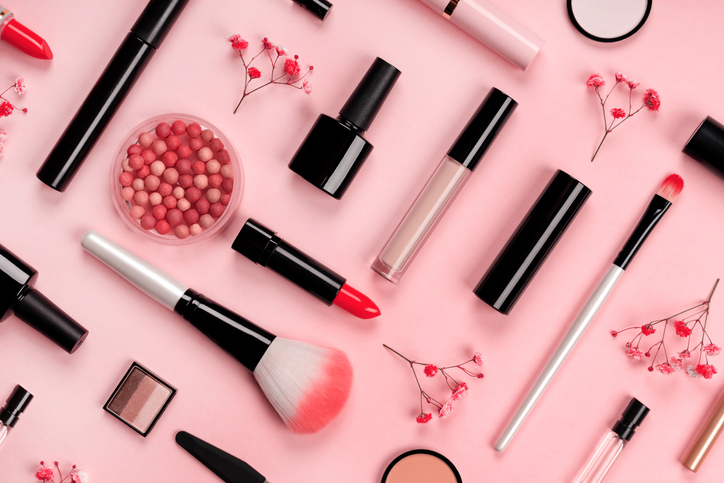The World of Cosmetics: A Comprehensive Overview


Cosmetics have been an integral part of human culture for thousands of years, evolving from simple natural ingredients to complex formulations that cater to a myriad of beauty and skincare needs. The term “cosmetics” broadly encompasses a range of products designed to enhance or alter the appearance of the face, skin, hair, and nails. This includes makeup, skincare products, hair care, and even fragrances. This article delves into the history, types, and impact of cosmetics, shedding light on why they continue to be a significant part of our daily lives.
The History of Cosmetics
The use of cosmetics dates back to ancient civilizations. Egyptians were among the first to use cosmetics, as evidenced by their use of kohl to line their eyes and malachite for green eye shadow. The ancient Greeks and Romans also used cosmetics, with women applying white lead and chalk to lighten their skin. These early practices highlight a consistent human desire to enhance physical appearance.
In the Middle Ages, cosmetics were often viewed with suspicion, as their use was sometimes associated with witchcraft or deceit. However, the Renaissance period saw a resurgence in the popularity of cosmetics, particularly among the upper classes. The use of lead-based face powders, despite their toxicity, became widespread. The 20th century brought significant advancements in cosmetic science, with the development of safer and more effective products. The industry has since grown exponentially, driven by advances in chemistry, dermatology, and marketing.
Types of Cosmetics
-
Skincare Products: These are designed to maintain and improve the skin’s health and appearance. They include cleansers, moisturizers, serums, sunscreens, and exfoliants. The skincare market has expanded significantly with products targeting specific concerns such as acne, aging, pigmentation, and hydration.
-
Makeup: Makeup products are used to enhance or alter facial features and include foundations, concealers, blushes, eyeshadows, lipsticks, and more. Each product serves a specific purpose, from evening out skin tone to highlighting or contouring the face.
-
Hair Care: This category includes shampoos, conditioners, hair treatments, dyes, and styling products. Hair care products not only aim to cleanse and condition the hair but also provide options for styling and coloring.
-
Fragrances: Perfumes and colognes are used to impart pleasant scents. The fragrance industry is vast, with products ranging from luxury perfumes to affordable body sprays.
-
Nail Products: Nail polishes, treatments, and tools fall under this category. Nail care has become a significant part of the beauty industry, with trends like nail art and gel polishes gaining popularity.


The Impact of Cosmetics
Cosmetics play a crucial role in individual self-expression and confidence. For many, makeup and skincare are not just about appearance but also about feeling good and expressing one’s personality. The act of applying makeup or following a skincare routine can be a form of self-care, offering a moment of personal indulgence and routine.
Moreover, cosmetics have a significant economic impact. The global cosmetics industry is a multi-billion dollar market, with brands constantly innovating to meet consumer demands. This industry also provides employment opportunities, from research and development to marketing and retail.
However, the cosmetics industry is not without its controversies. Issues such as animal testing, environmental impact, and the use of potentially harmful ingredients have prompted calls for more ethical and sustainable practices. Many consumers are now opting for cruelty-free, vegan, and eco-friendly products, pushing companies to adopt more responsible practices.
The Future of Cosmetics
The future of cosmetics is likely to be shaped by technological advancements and changing consumer preferences. Personalized skincare, powered by genetic testing and artificial intelligence, is emerging as a significant trend. This approach tailors products to an individual’s unique skin type and concerns, promising more effective results.
Sustainability is also becoming a crucial consideration. Brands are increasingly focusing on sustainable packaging, ethical sourcing of ingredients, and reducing their carbon footprint. The rise of clean beauty, which emphasizes non-toxic and natural ingredients, reflects a growing consumer awareness of health and environmental issues.
In addition, inclusivity is becoming a central theme in the cosmetics industry. Brands are expanding their product ranges to cater to a diverse array of skin tones, types, and gender identities. This shift towards inclusivity not only addresses a broader market but also promotes a more positive and accepting view of beauty.


Conclusion
The cosmetics industry, rich in history and diversity, continues to be a vital part of human culture. From ancient practices to modern innovations, cosmetics have evolved to meet changing beauty standards and technological advancements. As the industry moves towards a more inclusive and sustainable future, it remains an essential tool for self-expression and confidence. Whether for everyday use or special occasions, cosmetics offer individuals the opportunity to enhance their natural beauty and express their unique identities.
